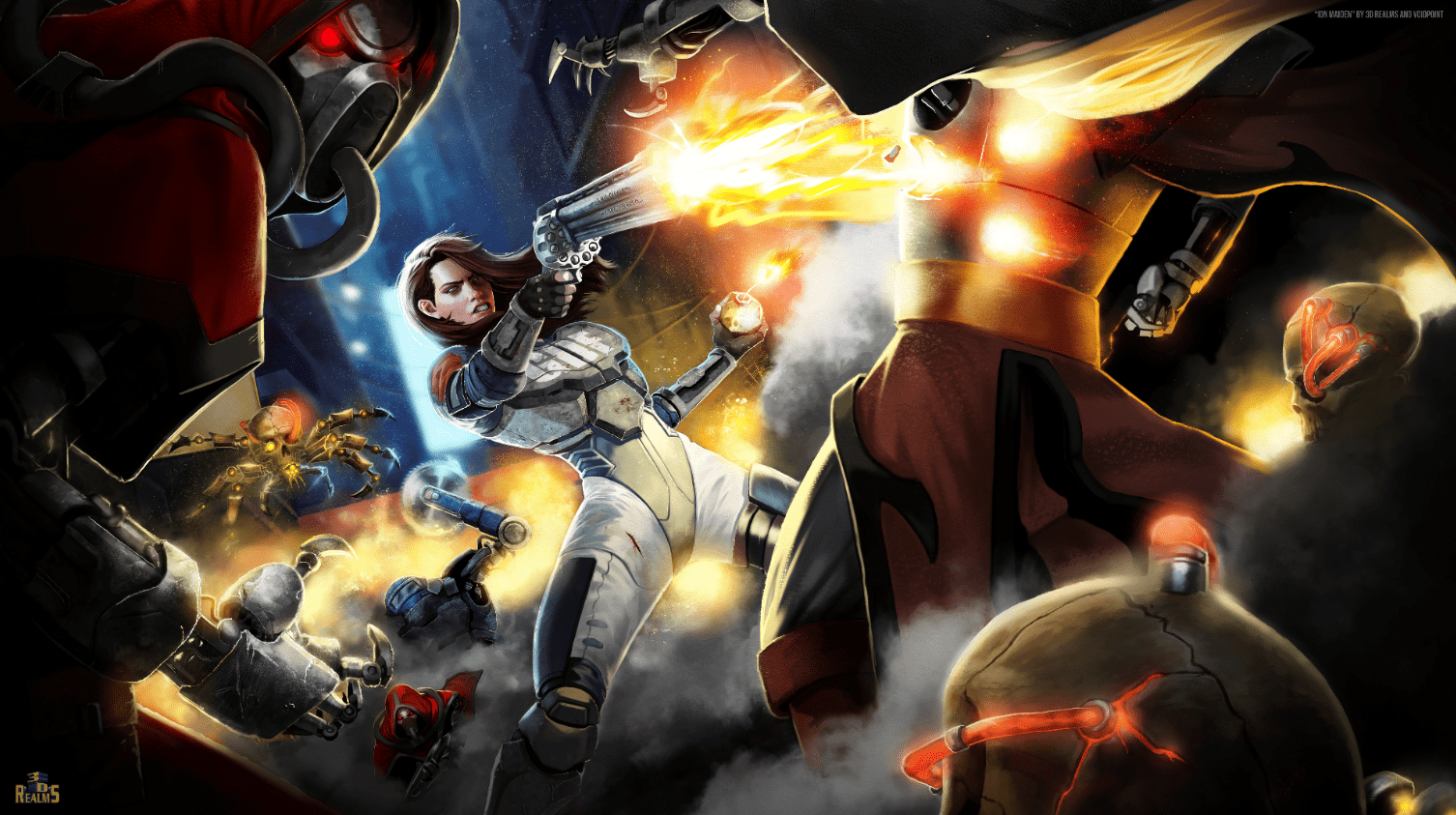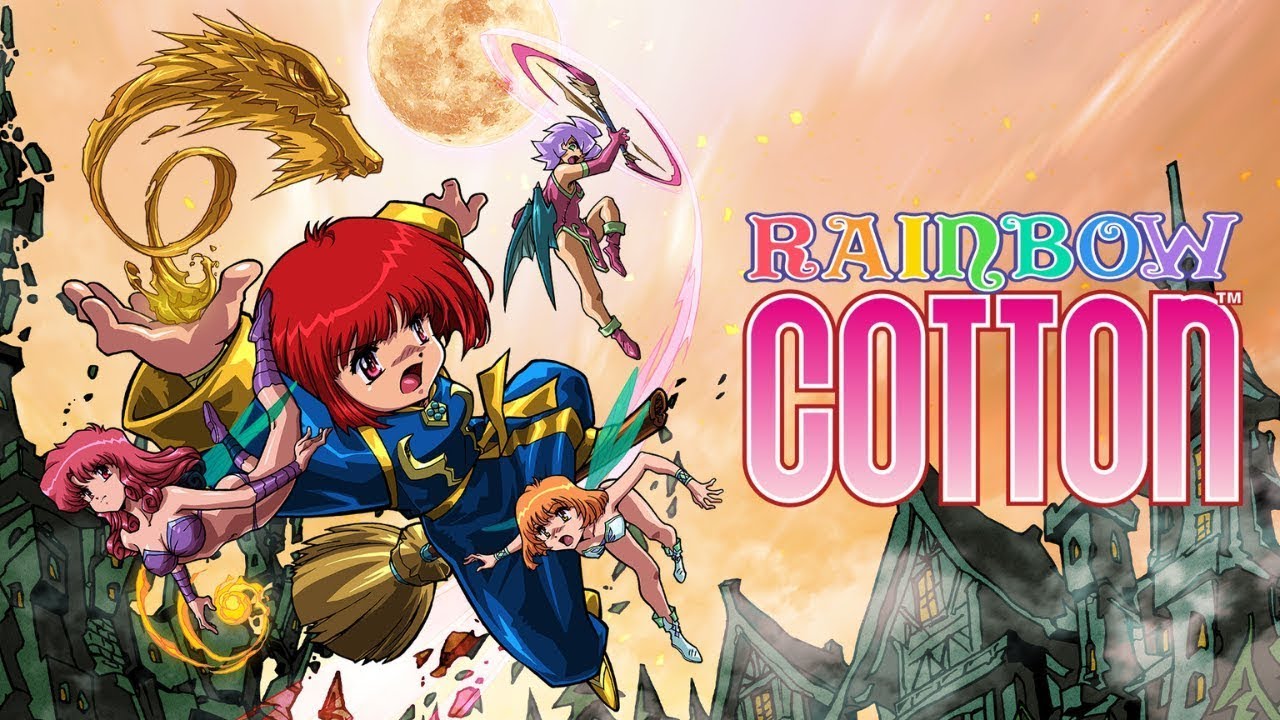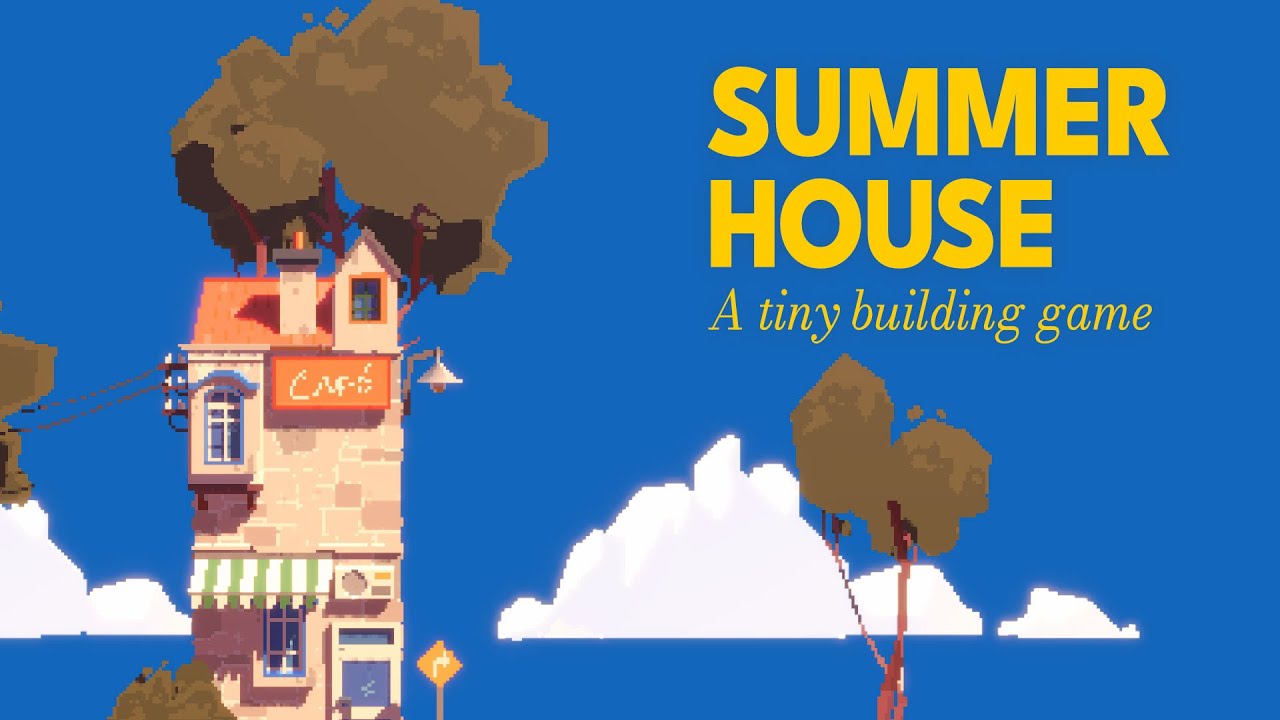Genre: Action, Indie, FPS
Developer: Voidpoint, LLC
Publisher: 3D Realms Release
Date: Aug 15, 2019
Price: $24.99
Ion Fury is billed by many as a blast from the past and the days when FPS games required nerves of steel. Built on the now ancient Build engine, Ion Fury is a 2.5D shooter that slams on the gas pedal and never lets up, even if you smash head-first into wall after wall of white knuckle gore and mayhem. Bloody good times are nothing new in 2019, but Ion Fury isn’t just some random game that plays up the gore, it’s a well-designed masterclass in gameplay and design. The fact that it’s great in 2019 running on an engine that was already dated in 1996 makes Ion Fury something special.
Created by Voidpoint and published by the once great 3D Realms, the team behind Duke Nukem 3D, you play as Shelly “Bombshell” Harrison, a bomb-disposal specialist that ends up saving her city after it’s taken over by some crazy techno bad guy and his hordes of enemies. It’s as simple as most 90s FPS games, but there’s enough there to move the plot forward, even if story elements are just a means to an end for more wholesome shooting.

What’s interesting is that Ion Fury is actually a prequel to another game that came out a few years ago. Some of you might remember the top-down shooter Bombshell from 3D Realms, but most of you won’t as that game was, well, it just wasn’t very good. Thankfully, you don’t need to have played that game (probably for the best anyways) to jump into the action in Ion Fury.
What you do get is about a dozen hours of gameplay, more if you spend time looking for the copious amounts of secrets. Where Duke 3D and Doom may have had a handful of secrets per level, Ion Fury isn’t afraid to throw a dozen or more per area. It can get away with this because Ion Fury isn’t built like your modern FPS. You aren’t shuffled from set-piece to set-piece, down linear corridors with your special A.I./tech expert friend giving you advice or hints along the way.
Instead, you are thrown into a huge open area which you are free to tackle as you see fit. This really allows the player to explore and, well, use their brain to make connections on what to do and where to go next. The only goal is to get to the end of each stage, but how you do that is at your discretion. Go in guns blazing, play using your favorite weapon, learn enemies and what tactics work best against each; there are lots of ways to play.
But this also means that if you are under the age of 30, you are going to probably feel a little lost at some points during the game. You can’t just hit tab to see your next objective and you aren’t getting help over the radio. It’s just you versus the hordes of baddies that want you deader than dead. Even for someone like myself who grew up with FPS games of this nature (Duke 3D, Blood, Doom), going back this open style was a bit jarring at first. I can’t remember the last time that a game just opened with a quick quip and had you mowing down dozens of enemies in seconds.
Ion Fury plays amazingly smooth and pushes the Build engine to its very limit in terms of design and gameplay. You are seeing and doing things that the Build engine, a buggy engine too begin with, could never do. They managed to pull this off because the team at Voidpoint Interactive is made up of Build engine experts. These are people who have endlessly modded the Build engine for years and kept the 90s games built on it alive; except for Tech War, nobody still plays Tech War.
Because this isn’t a true 3D engine like Quake, or any modern shooter really, everything is painstakingly detailed in gorgeous pixels including the effects. This is neo-noir sort of affair, but not one that is dark and brooding. While many of the settings are dark, the game is still vibrant thanks to the use of pixel art and the wide depth of the world around you. The city of Neo D.C. feels more alive than what we get in some hyperrealistic games of the past few years.

The lighting in the Build engine wasn’t even really a thing. I’m no expert in the engine, but I don’t think it has a true lighting system, at least not like a fully 3D engine, using a texture system instead. Ion Fury still manages to do some impressive things in this regard thanks to the use of those textures that simulate lighting in many situations. It’s a super simple idea, but one that pays out in spades. I’ve always said that games built and designed with inherent limitations give us some of the best experiences. Art shouldn’t be easy or done by committee, which is why huge FPD games like CoD begin to feel stale, even by the most ardent fans.
The gameplay feels like Duke 3D on steroids. This isn’t realistic, but instead focusing on smooth and fast action. There is no aim-assist, a refreshing change from that mechanic that console shooters introduced and have even permeated PC shooters as well. You feel a little like you are skating on ice, but I like to think, since this is the future, you are just wearing speed boots. Ion Fury is all about motion. If you aren’t moving, jumping and bouncing around an area you are going to get pegged. But areas are built so that you will have some time to slow done to deal with some basic puzzles, or when figuring out how to reach a new area.
It’s these slow moments where you can really take in the world at large. The devil is in the details and Ion Fury knows when to focus on the huge set-pieces while also harping on the tiny details that most people will miss. Almost everything that you think you could interact with, you can interact with. Will that door open, It might. That light switch might just turn on a light, or open up some crazy secret. Oh, and if you missed those classic Duke Nukem quips stolen from pop-culture, you are going to be pleasantly surprised as Bombshell loves her some one-liners.

This is punctuated when you face the massive boss that waits for you at the end of almost every episode. These boss fights are brutal and well test your mettle and force you to use all the tricks you picked up along the way. The episode 1 boss was tough enough to cause me some real trouble, even when I wasn’t playing on the hardest difficulty. But every time I played I learned something new, saw some new pattern, or thought of a new technique to try. Bosses feel hard but not unbeatable. In the end, I managed to essentially cheat the game at its own game because I understood some of the limitations of the Build engine itself.
Weapon selection features a wide variety of murder machines, each with a nice punch in-game and in the audio department. The coolest bit is that any gun you like will be effective throughout the entire campaign. The main pistol is a beat and its secondary fire can give you an instant headshot kill. The game gets harder for sure, but weapons don’t lose there punch later on in the game, but some are better with dealing with certain enemies. I loved the pistol and found myself trusting it at the end-game as I did during the opening episode. I often found myself instinctively swapping weapons on the fly when I ran into certain enemies which was a cool feeling.
Ion Fury is a finely crafted nod to the 90s, one that is a joy to experience and explore because you can tell it was built with the player in mind and not built on some assembly line. Every nook and cranny is intentional and not procedurally generated in a computer. You feel like your character lives in this world and not like they are being shuffled down where the developers want you to go.
Ion Fury isn’t a deep story experience, but as this is a nod back to the FPS greats of the 90s I can forgive it. There’s enough here to get serious FPS fans hooked and it does enough where I want to see more from this team and where the story of Bombshell goes. Duke Nukem might be a joke nowadays, so it’s great to have someone like Bombshell take up the mantle of FPS badass.
Ion Fury shows that even on an ancient engine great gameplay and design will always win out




